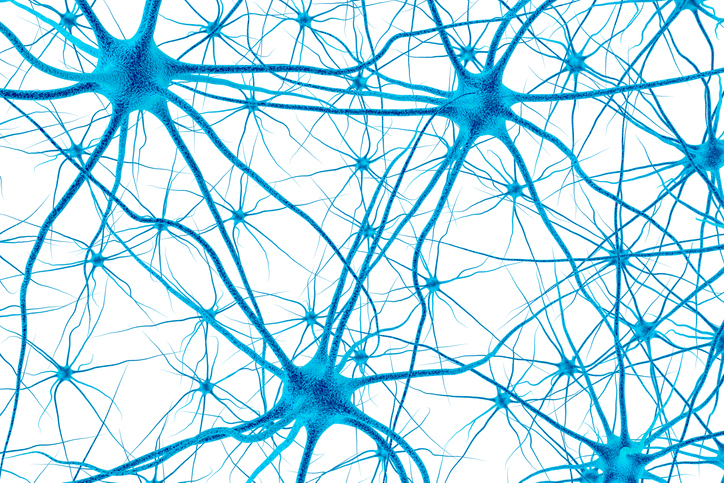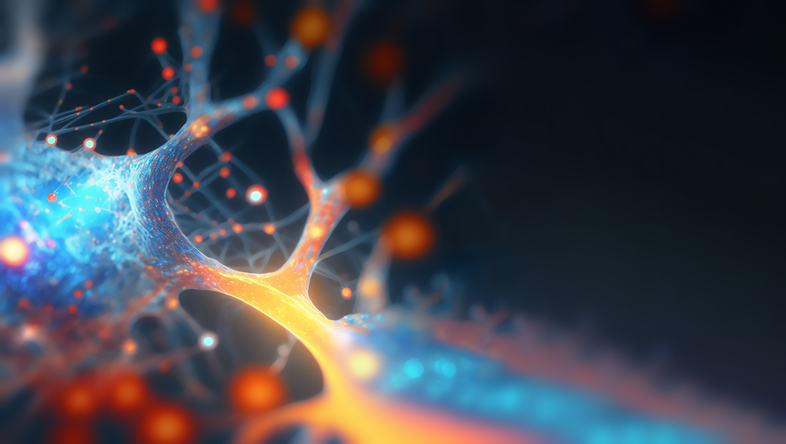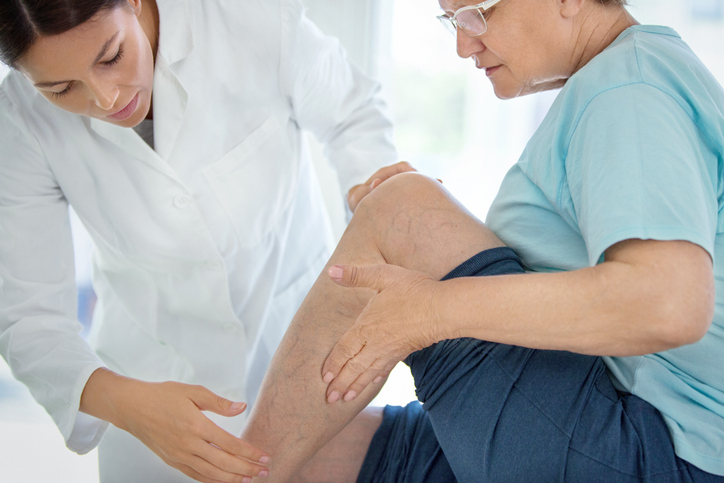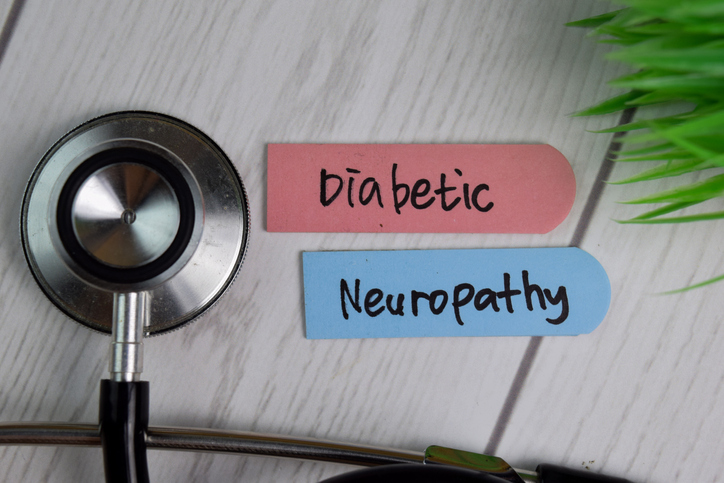Pain
Ten Common Types of Nerve Pain
Source: National Center for Biotechnology Information: U.S. National Library of Medicine: National Institutes of Health, National Institute of Neurological Disorders and Stroke: National Institutes of Health, Johns Hopkins Medicine, National Institute of Neurological Disorders and Stroke: National Institutes of Health
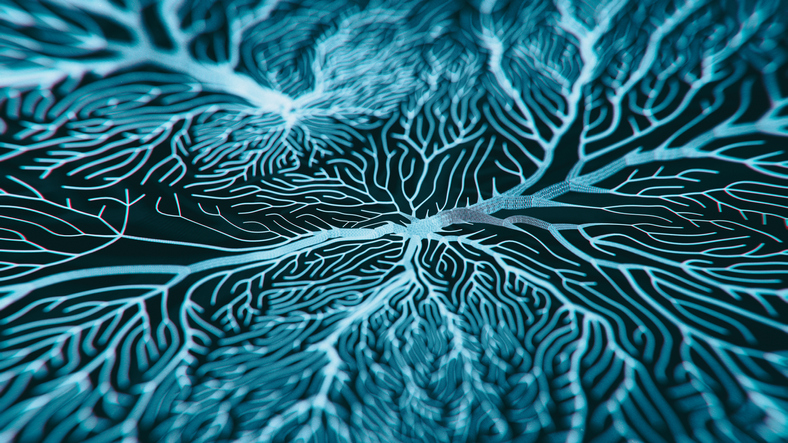
7 people found this helpful
Print
Share
Save
Nerve pain is most commonly caused by nerve damage, also known as neuropathy. Nerve pain is a common symptom of various types of neuropathy.
Ten of the most common types of nerve pain include the following:
- Peripheral neuropathy involves damage to the peripheral nervous system (nerves outside the brain and spinal cord). Pain may be felt in the feet, legs, arms, hands, or other areas of the body. There are more than 100 types of peripheral neuropathy.
- Motor neuropathy is a specific type of peripheral neuropathy in which damage occurs to the nerves that control voluntary muscle movement. This may cause painful muscle cramps and other symptoms, such as muscle weakness or twitching.
- Sensory neuropathy is also a type of peripheral neuropathy. It involves damage to the nerves that transmit sensory information, such as touch, temperature and pain. The nerve damage that causes sensory neuropathy can lead to activation of pain receptors. It can also cause extreme pain from stimuli that would normally not cause pain, such as a light touch or a change in temperature.
- Focal neuropathy involves damage to a single nerve rather than multiple nerves. It can lead to sudden pain and weakness in one specific area of the body.
- Compression mononeuropathy involves damage to a single nerve due to compression or narrowing of the blood vessels, which restricts blood flow to nerves. This can cause pain, tingling or numbness. A common example of compression mononeuropathy is carpal tunnel syndrome.
- Diabetic neuropathy is a common complication of diabetes. It often causes pain, most commonly in the feet.
- Postherpetic neuralgia is a complication of shingles. The pain associated with postherpetic neuralgia typically occurs in the location of the healed shingles rash.
- Phantom limb syndrome is a type of neuropathic pain that occurs after amputation, potentially due to mixed signals from the brain and spinal cord. Phantom limb pain is felt in the location where the missing limb used to be and is often described as burning or prickling.
- Trigeminal neuralgia, or damage to the trigeminal nerve in the head, can cause intense pain in the face. Trigeminal neuralgia often develops as a result of stroke or surgery.
- Central pain syndrome develops from damage or dysfunction of the central nervous system (the brain, brainstem, and spinal cord). Pain may occur over large areas of the body, or it may be concentrated in certain areas, such as the hands or feet. The pain ranges from moderate to severe and is commonly described as burning pain.
Additional source used to create this article: Medical News Today.

